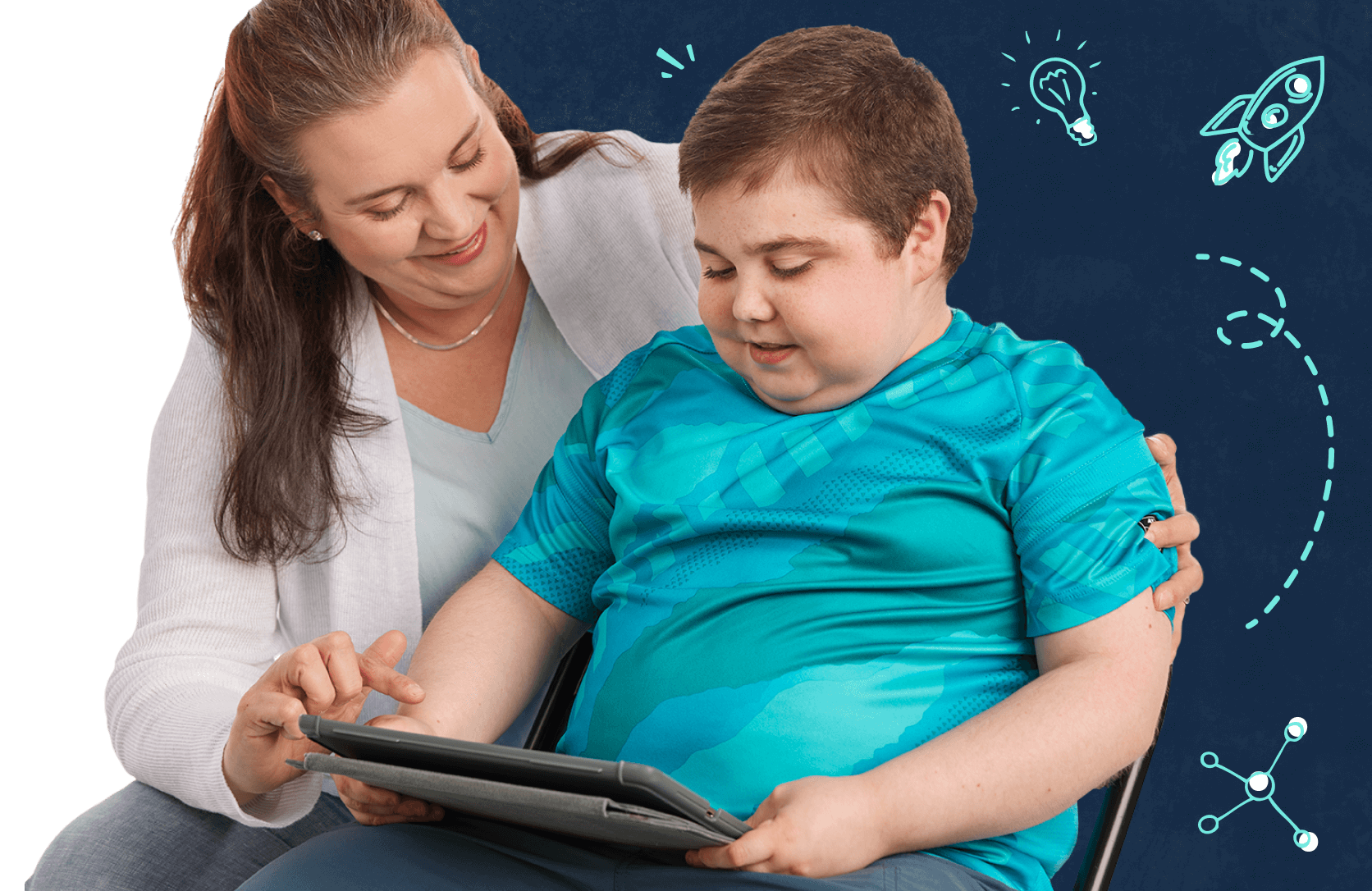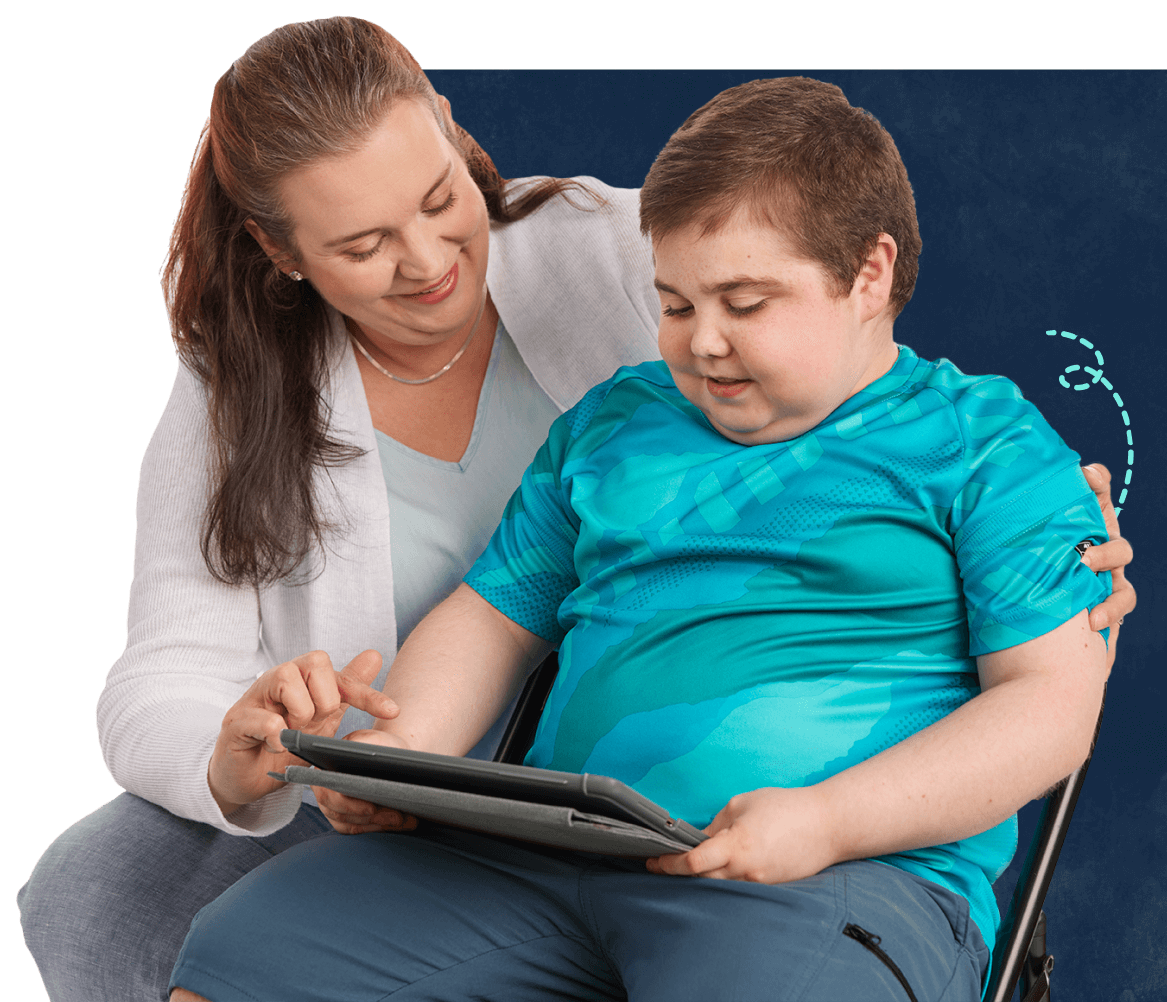A-F A B C D E F
-
Adverse event
An unintended or unwanted outcome from use of a medication.
-
Becker muscular dystrophy (BMD)
A disease caused by a mutation in the dystrophin gene that results in progressive muscle weakness. BMD is similar to Duchenne muscular dystrophy (DMD), but is less severe.
-
Cardiomyopathy
A disease that affects the heart muscles’ ability to function properly.
-
Cooperative International Neuromuscular Research Group (CINRG)
An organization that established the largest long-term observational study to track the progression of DMD in people over time, including their use of medical services and any issues they experienced. The study took place globally and enrolled over 550 participants.
-
DNA (deoxyribonucleic acid)
The molecule that carries the genetic information for an organism’s development and functioning.
-
Duchenne muscular dystrophy (DMD)
A muscle disorder caused by a mutation in the dystrophin gene (“DMD gene”) that leads to a progressive decline of muscle function, as well as heart problems and lung issues.
-
Durability
The ability of a treatment to provide long-term benefits.
-
Dystrophin
Part of a group of proteins (a protein complex) that all work together to strengthen and protect muscles as they contract and relax.
-
Exon
A region of DNA with genetic information for making a protein.
-
Exon-skipping dystrophin
Dystrophin that’s produced by exon-skipping therapies. This form of dystrophin is larger than the micro-dystrophin that’s produced by gene therapies. With exon-skipping therapy, the muscle cells of a person with Duchenne make a blueprint for their dystrophin protein that’s 84–97% (for the most common mutations) as long as the full-length dystrophin made by someone who doesn't have DMD.
-
Exon-skipping therapy
A therapy that helps people with Duchenne "skip over" exons so that compatible exons can connect and create a shorter but usable dystrophin protein.


